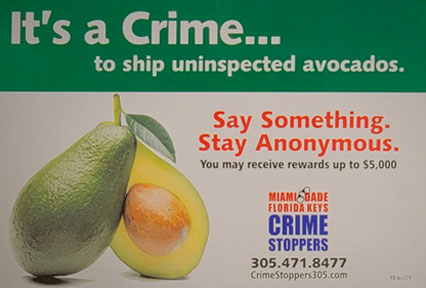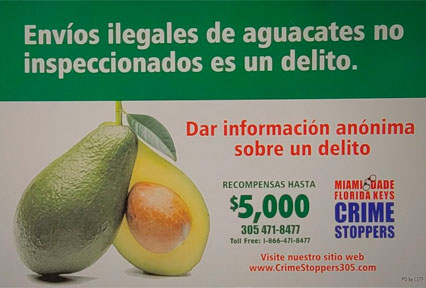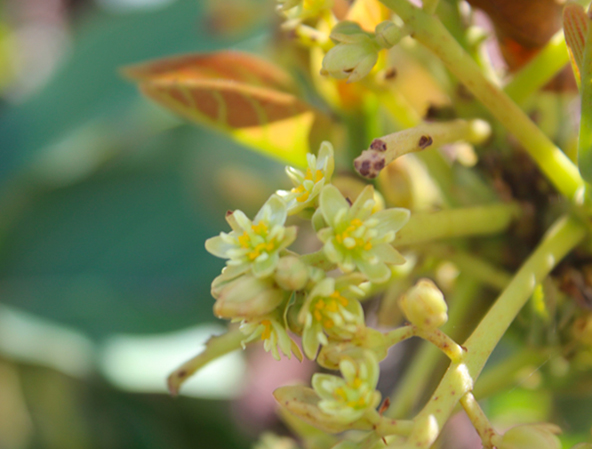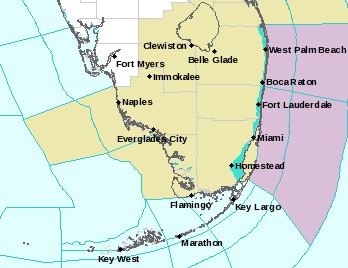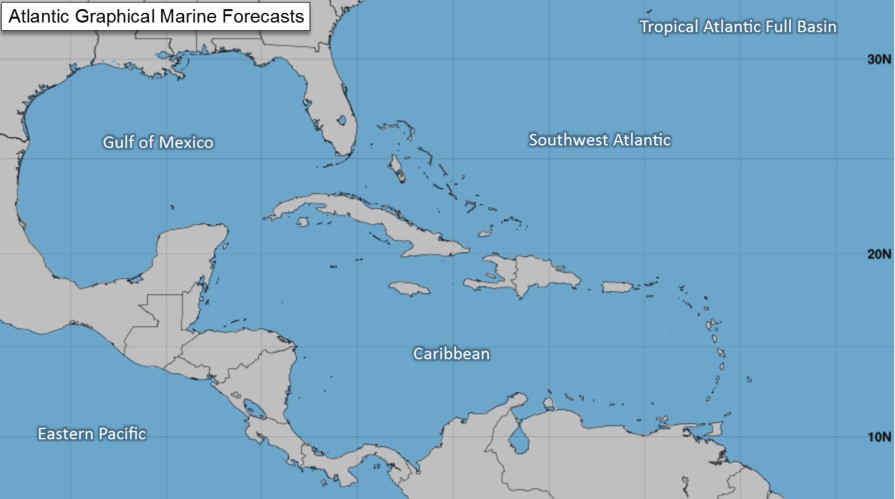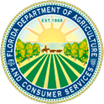cultivating success
Our Industry
915 Florida Avocados Marketing Order
The marketing order authorizes the Avocado Administrative Committee to regulate grade, size, maturity, container and pack standards for avocados grown in South Florida under USDA’s oversight.
Marketing orders are initiated by industries to help provide stable markets for dairy products, fruits, vegetables and specialty crops. Each order is tailored to the individual industry’s needs. Marketing Orders are a binding regulation for the entire industry in the specified geographical area, once it is approved by the producers and the Secretary of Agriculture. The order took effect in 1954 and last amended under formal rulemaking on March 9, 1987. These authorities under the marketing order support the industry’s effort to thrive in a competitive marketplace.
Collaborative Solutions Through Marketing Orders
Marketing Orders help producers and handlers work together to solve marketing problems that they cannot solve individually by maintaining the high quality of produce that is on the market; standardizing packages and containers; regulating the flow of product to market; establishing reserve programs for storable commodities; and authorizing production research, marketing research and development, and advertising.
The Avocado Administrative Committee does not conduct the following activities: Set prices, lobby, buy or sell product, or promote a company over another.
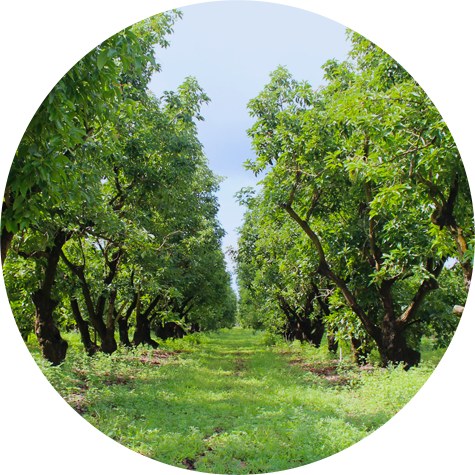
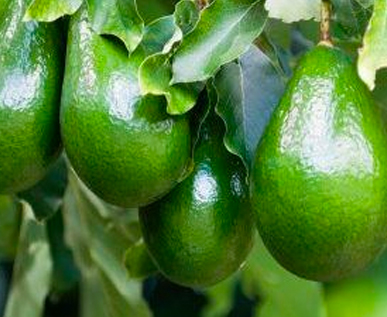
Grades of Florida Avocado
U.S. No. 1 consists of avocados of similar varietal characteristics which are mature but not overripe, well formed, clean, well colored, well-trimmed and which are free from decay, anthracnose, and freezing injury and are free from damage caused by bruises, cuts or other skin breaks, pulled stems, russeting or similar discoloration, scars or scab, sunburn, sunscald or sprayburn, cercospora spot, other disease, insects, or mechanical or other means.
Tolerances
In order to allow for variations incident to proper grading and handling, not more than a total of 10 percent, by count, of the avocados in any lot may fail to meet the requirements of this grade: Provided, That not more than one-half of this amount, or 5 percent, shall be allowed for avocados affected by decay or anthracnose, including therein not more than 1 percent for avocados affected by decay. (See §§51.3055 and 51.3056.)
U.S. Combination consists of a combination of U.S. No. 1 and U.S. No. 2 avocados: Provided, That at least 60 percent, by count, of the avocados in each container meet the requirements of the U.S. No. 1 grade.
Tolerances. In order to allow for variations incident to proper grading and handling, not more than a total of 10 percent, by count, of the avocados in any lot may fail to meet the requirements of the U.S. No. 2 grade: Provided, That not more than one-half of this amount, or 5 percent, shall be allowed for avocados affected by decay or seriously damaged by anthracnose, including therein not more than 1 percent for avocados affected by decay. No part of any tolerance shall be allowed to reduce for the lot as a whole the percentage of U.S. No. 1 fruit required or specified in the combination, but individual containers may have not more than 10 percent less than the percentage of U.S. No. 1 fruit required or specified. (See §§51.3055 and 51.3056.)
U.S. No. 2 consists of avocados of similar varietal characteristics which are mature but not overripe, fairly well formed, clean, fairly well colored, well-trimmed and which are free from decay and freezing injury and are free from serious damage caused by anthracnose, bruises, cuts or other skin breaks, pulled stems, russeting or similar discoloration, scars or scab, sunburn, sunscald or sprayburn, cercospora spot, other disease, insects, or mechanical or other means.
Tolerances. In order to allow for variations incident to proper grading and handling, not more than a total of 10 percent, by count, of the avocados in any lot may fail to meet the requirements of this grade: Provided, That not more than one-half of this amount, or 5 percent, shall be allowed for avocados affected by decay or seriously damaged by anthracnose, including therein not more than 1 percent for avocados affected by decay. (See §§51.3055 and 51.3056.).
U.S. No. 3 consists of avocados of similar varietal characteristics which are mature but not overripe, which are not badly misshapen, and which are free from decay and are free from serious damage caused by anthracnose and are free from very serious damage caused by freezing injury, bruises, cuts or other skin breaks, pulled stems, russeting or similar discoloration, scars or scab, sunburn, sunscald or sprayburn, cercospora spot, other disease, insects, dirt or mechanical or other means.
Tolerances. In order to allow for variations incident to proper grading and handling, not more than a total of 10 percent, by count, of the avocados in any lot may fail to meet the requirements of this grade, including therein not more than 2 percent for avocados affected by decay. (See §§51.3055 and 51.3056.)
Areas & Districts
Regulation Area
North of Counties of Brevard, Orange, Lake, Polk, Hillsborough, and Pinellas.
Production Area
South of Brevard, Orange, Lake, Polk, Hillsborough, Pinellas.
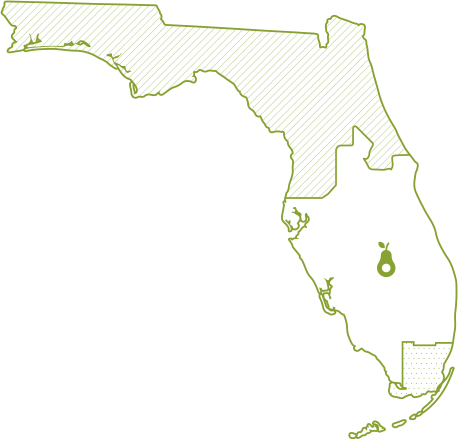
District II
All counties south of the Production area boundary except Miami-Dade County.
District I
Miami-Dade County
Definitions
(a) District 1 shall include Miami-Dade County.
(b) District 2 shall include all of the production area except Miami-Dade County.
Miami-Dade & The Florida Keys Crime Stoppers
Crime Stoppers of Miami-Dade County was created in September 1981 to combat local crimes. In 2015, Crime Stoppers of the Florida Keys merged with Crime Stoppers of Miami-Dade County, and the service area expanded from Key West at the southernmost point to the Miami-Dade-Broward County line at the north end. Our organization partners with over 40 law enforcement agencies and a population of almost 3.1 million residents and visitors.
Rewards of up to $5,000 and identity stays anonymous.

